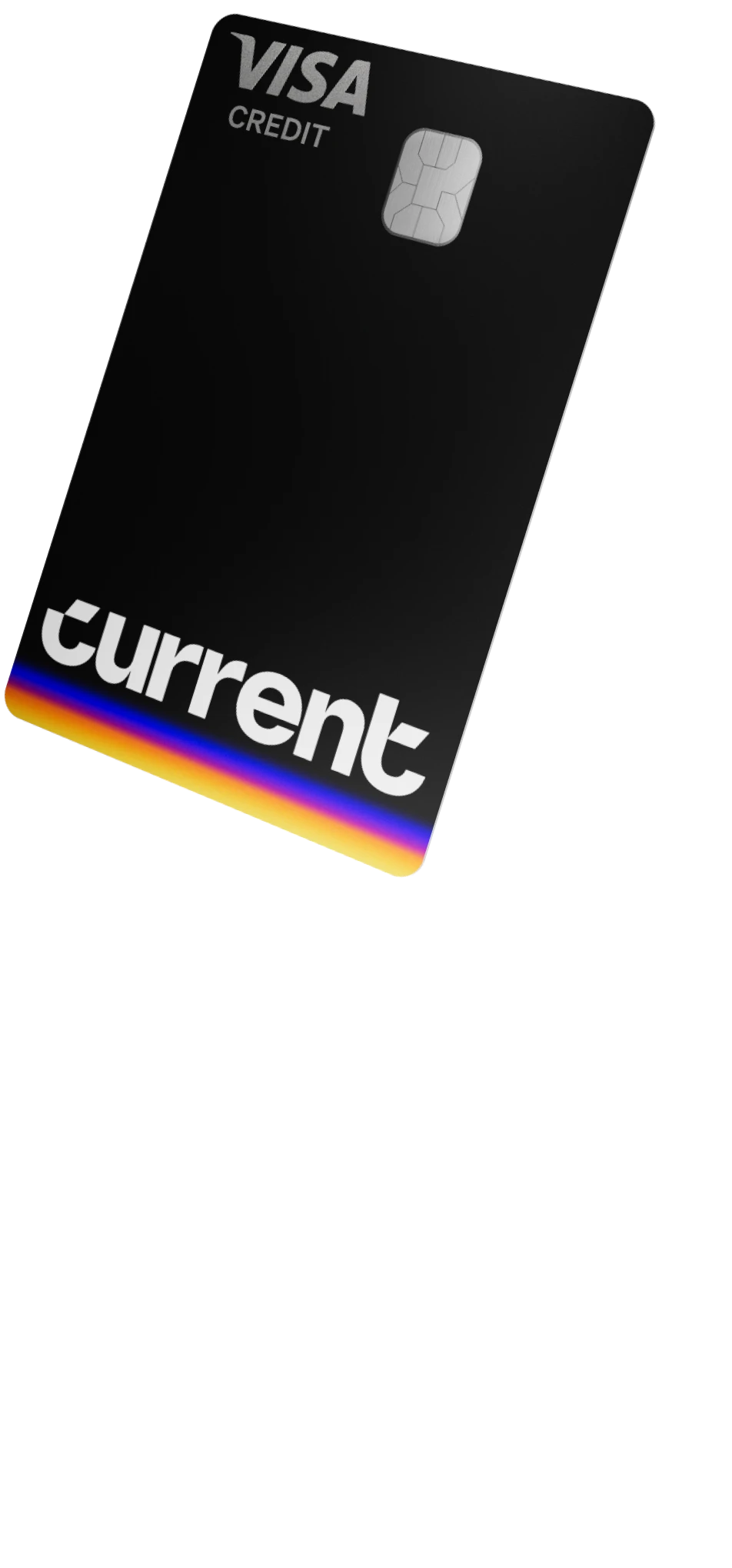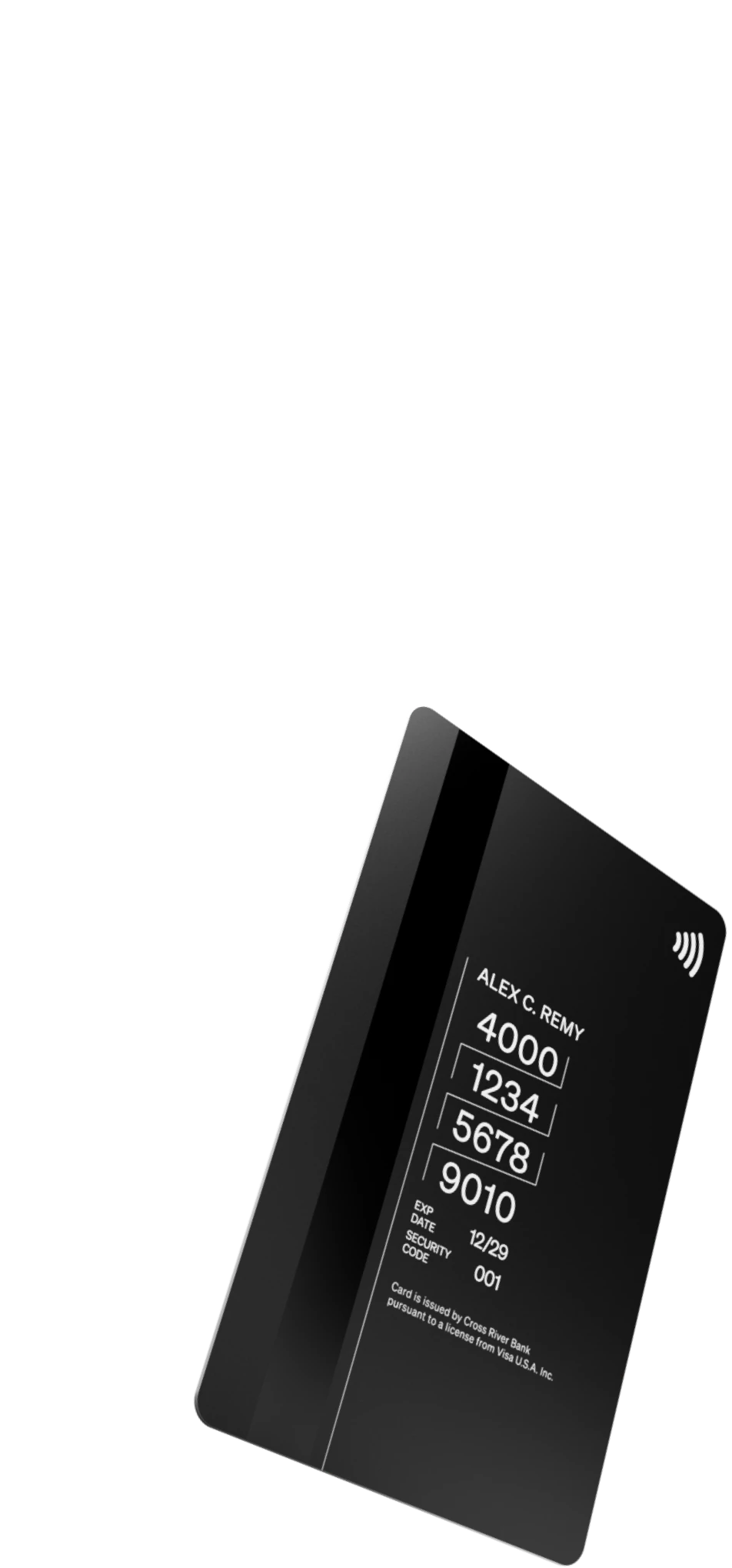What is overdraft protection

No one should spend more than they have in their account. But mistakes often happen. If an automatic payment slides out of your account and you're not aware of it, or if a paycheck takes a day or two extra to clear, you could try to draw on funds you just don't have.
Overdraft protection should assist you when you try to spend money that isn’t available in your account. But about a third of consumers don't know that their banks offer this service.
We'll walk through what overdraft protection is and how it works. We'll also explain why some people feel these products aren't right for them.
How Does Overdraft Protection Work?
You've decided to draw money out of your account, either with your debit card, your checks, or with an automated payment. You don't have the funds available to cover the withdrawal. Overdraft protection kicks in.
The process looks like this:
- Sign up. You must formally opt in to this system and agree that your bank can help you if you're in trouble. You typically designate another source of funds, such as a savings account or credit card, that the bank can pull from.
- Discrepancies are present. Your bank's system notices that you don't have enough funds to cover the withdrawal.
- A transfer happens. The bank pulls funds from your designated source into your checking account.
- Fees are charged. Traditional banks charge a transfer fee to help you with this service.
Most banks only pull over what you need to cover the deficit. If you're in deep trouble and have far less than you thought, you could have several transfers hitting your account in a single day.
Why Do You Need Overdraft Protection?
Financial mistakes happen, even to families that plan very carefully. But every mistake you make could cost you a great deal of money.
Without overdraft protection, your bank can declare that you have non-sufficient funds (NSF), and they could decline to process the payment altogether. Banks are not required to tell you that you're in this state. You could have several NSF moments happening in your account in a single day, and you may never know it.
Most banks charge an NSF fee for each instance, and again, you can have several in a single day. Some banks charge additional fees if your balance slips below $0 and stays there for more than a day or two.
The companies expecting payments can also penalize you for insufficient funds. Experts say consumers can face issues such as:
- Late fees.
- Canceled accounts.
- Canceled coverage (typically for insurance products).
An overdraft protection program can ensure that most of your payments go through, even if you don't have all of the money you need.
Does Overdraft Protection Save You From All Fines?
For many consumers, overdraft protection seems ideal. In fact, some consumers use it as a method to borrow small amounts of money between paychecks. But these programs must be used responsibly, and they can come with risks.
Most overdraft protection programs come with fees. In 2019, banks charged an average of $35 for each overdraft transfer they processed. On average, most people were overdrawn for just $20. In other words, they spend more on the overdraft transfer than they did on the purchase.
And if you have multiple overdrafts in one day, you could face multiple charges on that same day, and that could drive you deeper into debt. Some banks make that more likely by processing all of your fees before your checks. Others process big purchases first, which could make your small purchases incur multiple overdraft fees.
How Can You Protect Yourself?
Avoiding unnecessary fees is critical for most consumers. There are several smart steps you can take to keep your money safely in your account.
Start by:
- Understanding your payments. Know when you're scheduled to get a paycheck and also know when your money hits your account. "Pending" money isn't yours to spend.
Consider signing up with Current. We don't use the pending system, so we get our customers their paychecks up two days faster than traditional banks with our Premium Account.
At Current, we offer fee-free overdraft up to $100 for qualifying premium members. Your next direct deposit will then be applied to your negative balance
At Current, we do not charge overdraft fees for any of our members. - Watching your withdrawals. Make sure you know every time money comes out of your account. Use our mobile banking system, and you'll get an alert on your phone when money leaves your hands.
You’ll also get a notice if Overdrive covers your purchase, including your remaining balance. Watch those alerts. - Creating a budget. Mistakes happen when you spend more than you earn. A budget makes that less likely. When you know how much you have, you're less likely to blow past your limits.
You're eligible for this fee-free overdraft when you sign up for a Current Premium Account and receive a qualifying direct deposit. Download our app and sign up in just two minutes.
Banking services provided by Choice Financial Group, Member FDIC. The Current Visa Debit Card is issued by Choice Financial Group pursuant to a license from Visa U.S.A. Inc. and may be used everywhere Visa debit cards are accepted.
References
Overdraft America: Confusion and Concerns About Bank Practices. (May 2012). Pew Charitable Trusts.
Don't Get Dinged By Overdraft Fees. (June 2012). Consumer Reports.
Overdraft/NSF Fees and Protection. U.S. Department of the Treasury.
Understanding the Overdraft "Opt-In" Choice. (January 2017). Consumer Financial Protection Bureau.
What Is Overdraft Protection and How Does It Work? (August 2020). CNBC.
How Much Different Banks Charge for Overdraft Fees and Overdraft Protection. (October 2020). Business Insider.
The Ins and Outs of Overdraft Protection. (March 2019). U.S. News & World Report.
Understanding Checking Account Overdraft Protection and Fees. (July 2020). Forbes.
Your Guide to Preventing and Managing Overdraft Fees. FDIC.
Bank Overdraft Fees Could Jump if Consumer Watchdog Eases Rule. (June 2019). CNBC.
Overdraft Does Not Meet the Needs of Most Consumers. (December 2017). Pew Charitable Trusts.




